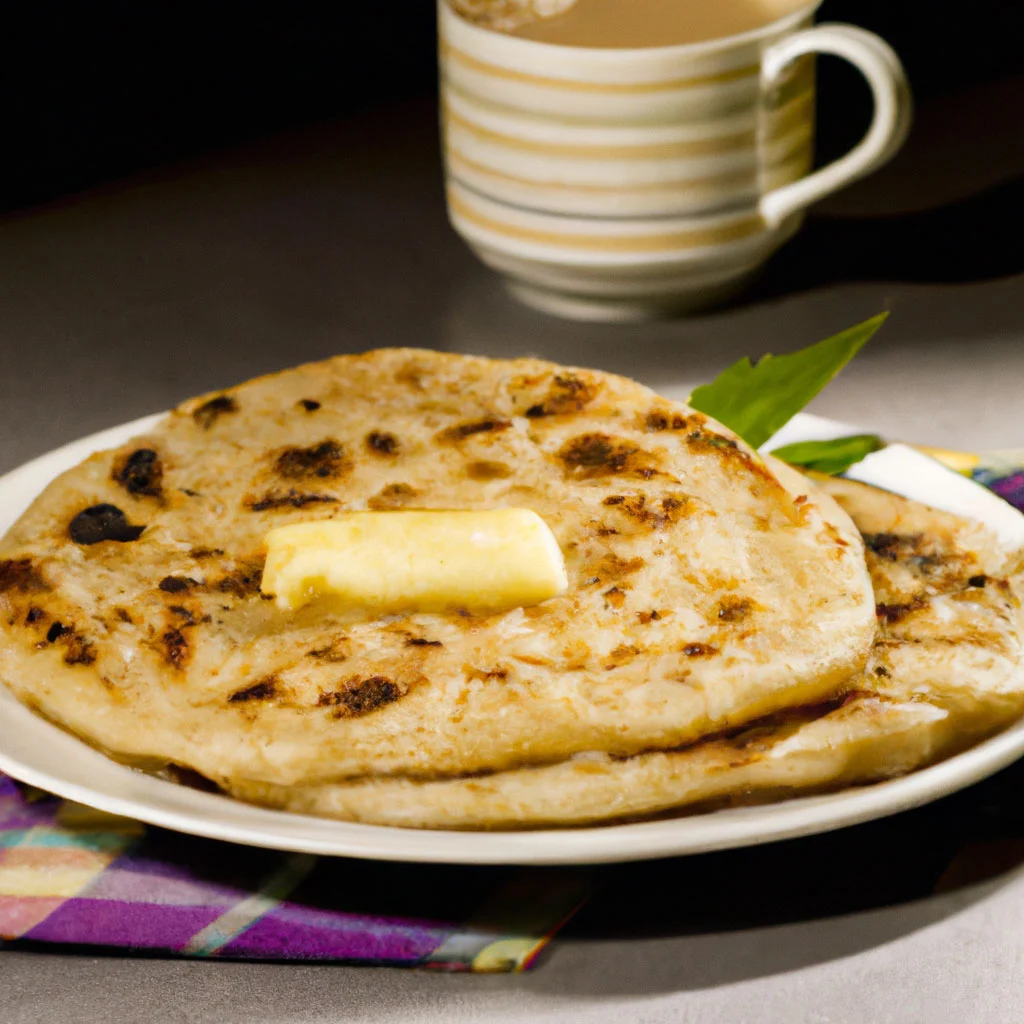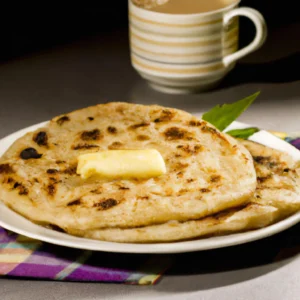
Paratha, a beloved staple in many South Asian households, holds a special place in my heart. Originating from the Indian subcontinent, this unleavened flatbread is a versatile delight that can be enjoyed at any time of the day. Its roots can be traced back to the Indian cuisine, where it has been cherished for generations.
What makes paratha so fascinating is its simplicity combined with its ability to tantalize the taste buds. With just a few basic ingredients like wheat flour, salt, oil, and ghee, you can create a delicious treat that pairs perfectly with a variety of dishes, from savory curries to sweet jams.
While the recipe may seem daunting to beginners, fear not! With a little practice and patience, you’ll be rolling out perfectly flaky parathas in no time.
Expert Tip: Experiment with different fillings and spices to customize your parathas according to your taste preferences.
Wheat Flour: The main ingredient in paratha, wheat flour provides the base for the dough. Its gluten content helps give parathas their characteristic chewy texture.
Salt: Just a pinch of salt enhances the flavor of the paratha dough, bringing out its natural taste and balancing the sweetness of other ingredients.
Oil: Adding oil to the dough helps keep the parathas soft and pliable. It also contributes to the flakiness of the layers when cooked.
Ghee: Traditionally used for cooking and flavoring, ghee adds richness and depth to the paratha. It imparts a buttery aroma and enhances the overall taste.
Expert Tip: Use a non-stick pan or skillet to cook the parathas to prevent sticking and ensure even cooking.
Parathas are incredibly versatile and can be enjoyed in numerous ways. Here are some serving suggestions to elevate your paratha experience:
Expert Tip: Make sure the dough is well-rested before rolling out to ensure soft and pliable parathas.
Yes, you can prepare the paratha dough ahead of time and store it in the refrigerator for up to 24 hours. Just make sure to bring it to room temperature before rolling and cooking.
Leftover parathas can be stored in an airtight container in the refrigerator for up to 2-3 days. Reheat them on a skillet or in the microwave before serving.
Yes, you can freeze parathas for longer storage. Place them in a single layer on a baking sheet and freeze until firm, then transfer to a freezer-safe bag or container. To reheat, thaw in the refrigerator overnight and warm in a skillet or microwave.
Yes, you can substitute butter for ghee if you prefer. However, keep in mind that ghee adds a distinct flavor to the parathas.
Here are some more recipes for you to enjoy! If you my recipes don’t forget to rate and leave a comment.
If you have any recipe suggestions, please do not hesitate to ask me. A great way to stay in contact with me is through Instagram, Facebook, Twitter and YouTube. Don’t forget to tag me @CookwithNabeela in your recipe photos!

Subscribe now to receive my latest recipes directly in your inbox. Stay up-to-date and never miss out!

I love to cook! I want to share with you my favourite, delicious family-friendly recipes. I want to inspire you to create fantastic food for your family every day.
Add your first comment to this post